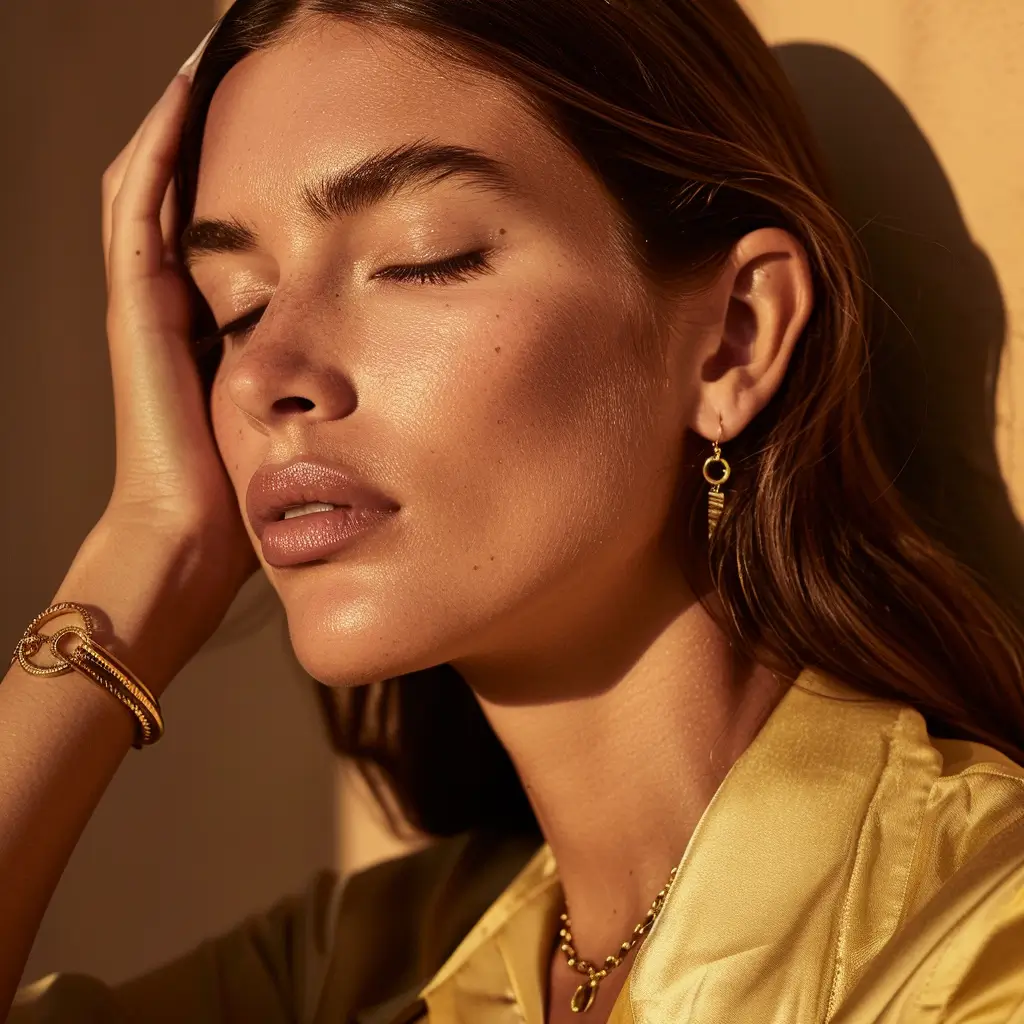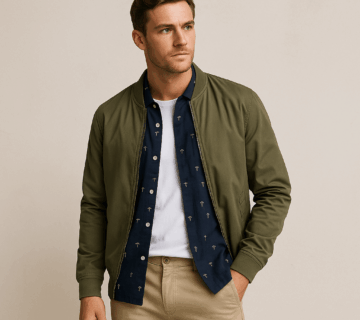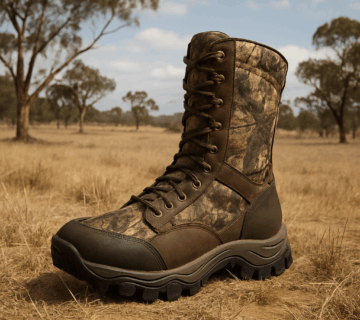Introduction
If you’ve been battling dry, flaky, or tight skin despite using moisturizers, it might be time to look East, specifically to Korea. Korean skincare, or K-beauty as it’s affectionately called, is making waves across the globe for its deeply hydrating, layer-based, and ingredient-rich approach to skincare. When it comes to tackling dry skin, a Korean moisturizer for dry skin isn’t just a lotion, it’s a therapeutic ritual wrapped in innovation.
With a philosophy centered around prevention, nourishment, and skin barrier support, K-beauty doesn’t just slap on hydration,i t soaks your skin in it. Let’s explore why Korean moisturizers are not only trendsetters but true skin saviors for anyone suffering from dryness.
Korean Moisturizer for Dry Skin
Korean moisturizers are crafted to deliver hydration at every layer of your skin. Unlike many Western formulations that emphasize oil or occlusive agents, K-beauty products integrate humectants, emollients, and occlusives harmoniously, often in a single product. This approach results in soft, dewy, and resilient skin. The keyword “korean moisturizer for dry skin” is at the heart of this skincare evolution, driven by meticulous research, gentle ingredients, and time-tested traditions.
What Causes Dry Skin?
Dry skin, medically known as xerosis, can be influenced by a variety of internal and external factors:
- Weather: Cold, dry air strips moisture from the skin.
- Harsh products: Alcohol-based toners and foaming cleansers can damage the lipid barrier.
- Hot showers: Excessive heat robs the skin of natural oils.
- Aging: As we age, sebum production slows down.
- Medical conditions: Eczema, psoriasis, and thyroid disorders often manifest as dry skin.
Understanding the root causes helps in curating a skincare routine that hydrates beyond the surface.
Symptoms and Signs of Dry Skin
Dry skin doesn’t just feel uncomfortable, it’s also a visual and tactile concern. Signs include:
- Flaking and scaling
- Rough texture
- Red or irritated patches
- Tightness, especially after cleansing
- Fine lines or cracks
Knowing these symptoms helps you identify whether your moisturizer is genuinely working, or just masking the problem.
Why Moisturization Is Crucial
Think of your skin like a wall. Moisturizer acts like the cement that keeps the bricks (skin cells) intact. Without proper hydration:
- The barrier becomes compromised
- Inflammation increases
- External irritants penetrate more easily
- Aging signs become more visible
Moisturizers aren’t just about comfort, they’re a critical step in skin health, especially if you’re dealing with chronic dryness.
The Core of Korean Skincare Routines
Korean skincare revolves around the concept of hydration layering and barrier protection. A typical K-beauty routine involves:
- Double cleansing
- Toners and essences for hydration
- Serums for treatment
- Moisturizers and creams to seal in everything
Each layer builds upon the last to trap moisture and enhance absorption. The result? Skin that looks plump, glowing, and youthfully smooth.
Layering: The Secret Sauce of Hydration
Unlike slathering on a thick cream all at once, K-beauty encourages:
- Applying watery layers like essences first
- Following with viscous serums
- Sealing with a moisturizer
- Finishing with an occlusive cream or sleeping pack
This process mimics your skin’s natural hydration strategy, lightweight to heavy, allowing ingredients to deeply penetrate without clogging.
Difference Between Western and Korean Moisturizers
| Feature | Western Moisturizers | Korean Moisturizers |
|---|---|---|
| Focus | Barrier repair | Hydration layering |
| Texture | Thick, creamy | Lightweight, buildable |
| Application | One-step | Multi-step |
| Ingredients | Petrolatum, lanolin | Hyaluronic acid, snail mucin, ceramides |
| Sensory | Rich, sometimes greasy | Silky, fast-absorbing |
K-beauty emphasizes prevention, not correction, making it ideal for managing dryness before it worsens.
Hyaluronic Acid – The Hydration Magnet
This powerhouse ingredient can hold up to 1,000 times its weight in water, making it a must-have in any korean moisturizer for dry skin. Look for:
- Low molecular weight HA: for deep penetration
- High molecular weight HA: for surface hydration
Snail Mucin – The Miracle Moisturizer
Once a surprising inclusion, snail mucin is now celebrated for:
- Encouraging cell regeneration
- Improving skin texture
- Deeply hydrating while calming inflammation
Products like COSRX Advanced Snail 92 All in One Cream have cult-like followings for good reason.
Centella Asiatica – Soothing & Healing
A favorite among dermatologists, this herb:
- Reduces redness
- Strengthens the skin barrier
- Promotes healing of micro-cracks in dry skin
Popular in Dr. Jart+ Cicapair and Purito Centella Green Level moisturizers.
Ceramides – Strengthening the Skin Barrier
Ceramides are the skin’s natural lipids. Dry skin lacks them, and K-beauty delivers them abundantly. Benefits include:
- Improved elasticity
- Enhanced moisture retention
- Protection against environmental stressors
Try Etude House SoonJung 2x Barrier Intensive Cream for a ceramide-rich formula.
Glycerin and Squalane – Simple Yet Powerful
Though common, these ingredients often perform better when combined with K-beauty’s thoughtful formulations. Glycerin draws in moisture, while squalane prevents water loss, together, they deliver well-rounded hydration.
Traditional Ferments and Botanicals
K-beauty also integrates age-old Korean herbs like:
- Ginseng: boosts circulation
- Licorice root: brightens and soothes
- Fermented soy and rice extracts: boost hydration and promote even tone
These provide antioxidants and nutrition beyond surface hydration.
Top 5 Korean Moisturizers for Daytime Use
- Laneige Water Bank Cream Moisturizer
- Innisfree Green Tea Seed Cream
- Etude House Moistfull Collagen Cream
- Missha Super Aqua Cell Renew Snail Cream
- Dr. Jart+ Cicapair Tiger Grass Cream
These are lightweight, fast-absorbing, and makeup-friendly.
Top 5 Korean Moisturizers for Nighttime Recovery
- COSRX Advanced Snail 92 All in One Cream
- Belif The True Cream Moisturizing Bomb
- Sulwhasoo Essential Firming Cream
- Purito Deep Sea Pure Water Cream
- I’m From Honey Glow Cream
Designed to restore moisture lost during the day.
Lightweight vs. Heavy Creams – When to Use What
- Lightweight moisturizers: ideal for humid climates, oily-dry combo skin
- Heavy creams: perfect for winter or severely dry skin types
Switch seasonally or based on how your skin feels after cleansing.
When to Apply Moisturizer in Your Routine
Your moisturizer should go after:
- Cleanser
- Toner
- Essence
- Serum
And before sunscreen (in the morning) or sleeping mask (at night).
How Much Product Should You Use?
- Daytime: pea-sized amount
- Nighttime: nickel-sized for overnight repair
Always warm it between fingers and press into skin, not rub.
Techniques to Maximize Absorption
- Apply on damp skin
- Use the “7-skin method” (layering toner 7 times)
- Finish with facial oil to seal in all layers
FAQs
Best Time of Day to Apply Korean Moisturizer?
Morning and night, ideally right after serum and before sunscreen or sleeping pack.
Can I Use Korean Moisturizers Under Makeup?
Yes! Lightweight formulas like gel creams absorb fast and act as great makeup bases.
Are Korean Products Safe for Sensitive Dry Skin?
Most are but always patch test. Look for hypoallergenic tags and avoid fragrance.
How Long Does It Take to See Results?
Most people notice improvements within 7-14 days with consistent use.
Should I Switch Products Seasonally?
Absolutely! Go lighter in summer and richer in winter.
What If a Product Doesn’t Work for Me?
It happens, skin is unique. Try different formulations or consult a dermatologist.



